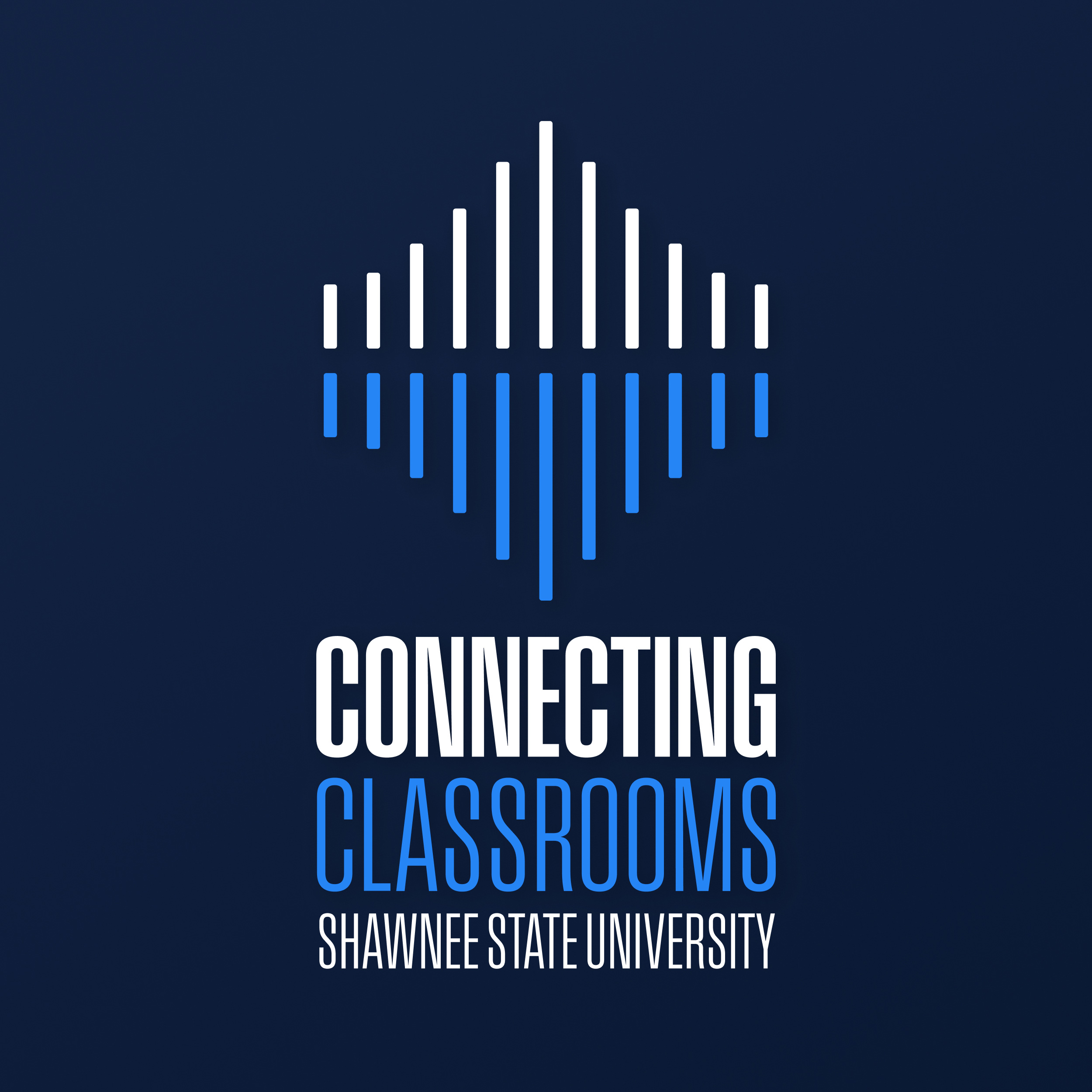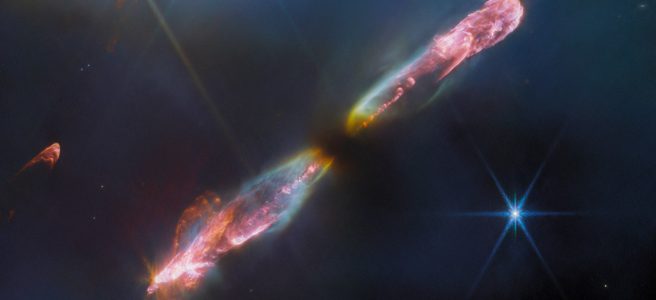In this episode, The First Year of Science with the James Webb Space Telescope, we meet Dr. Tim Hamilton, Professor of Physics and Director of the Clark Planetarium at Shawnee State University. From our campus in Portsmouth, Ohio, Tim works with both the Hubble and the James Webb space telescopes to study what are called “active galaxies”, like quasars. These are galaxies whose central black holes are actively sucking in gas, heating it up, and making it glow so brightly it can outshine the whole rest of the galaxy.
In this episode, Tim explains different types of telescopes and the information astronomers can gain from them. He also takes us on a guided tour through space and time comparing images from both the Hubble and James Webb telescopes and explaining what scientists have learned in this exciting first year.
For a transcript of the episode: Transcript Connecting Classrooms S1 E2 James Webb
You can download the images described in this episode here, and a video of the images with narration can be streamed here.
To complete the extended activity that allows you to work with actual Hubble and James Webb images to create colorized final images, you will need to download the instruction sheet and several images. To complete the activity you will need to use the JS9 web-based software. Dr. Hamilton has created a video tutorial on using the software to help get started.
Podcast: Play in new window | Download

